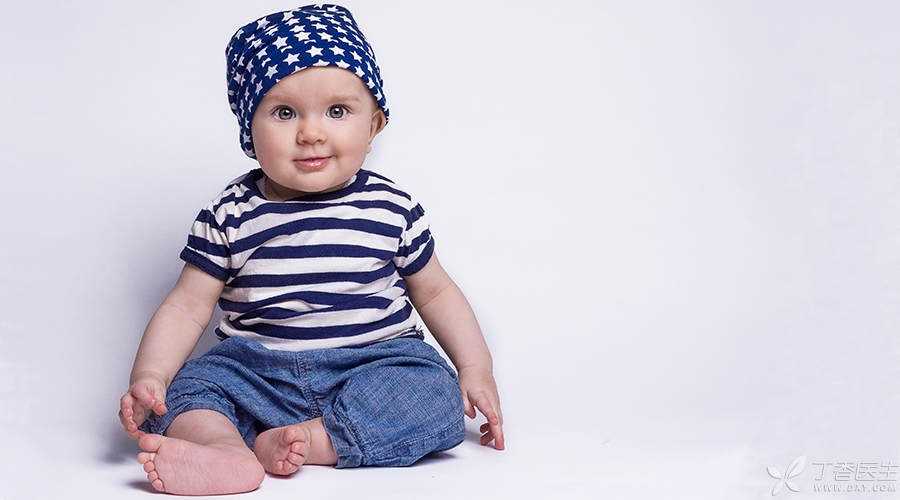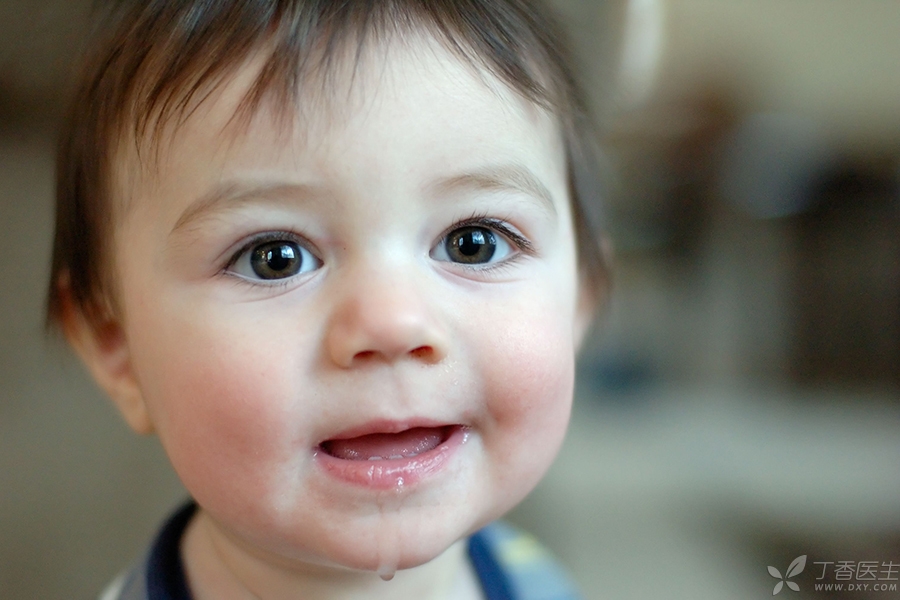
4 ~ 7 months is a very beautiful period for both parents and babies. The baby’s body is undergoing the most important changes. He will begin to turn over, sit and climb. His vision and hearing are becoming more and more acute. He will also show small emotions of liking or hating things. His character is slowly showing out.
In short, the baby’s daily performance is a miracle. Today, let’s talk about the growth and development characteristics and nursing points of 4 ~ 7 months old babies.
Normal range of growth and development
Normal body length and weight range of infants aged 4 ~ 7 months
| girl baby | 56.7~70.0 | 4.93~9.66 |
| girl baby | 58.6~72.1 | 5.33~10.38 |
| girl baby | 60.1~74.0 | 5.64~10.93 |
| girl baby | 61.3~75.6 | 5.90~11.40 |
Indicator Description: Although the table gives the reference range of the body length and weight of the 4-7 month-old baby, the specific body length and weight of the baby during this period are not very important, but the growth rate of the baby is important. During the 4-7 month period, the baby will gain about 0.4-0.6 kg per month, and the body length will increase about 5 cm in these months.
Characteristics of physical development
1. The baby is beginning to have teeth.
At about 6 months old, many babies began to grow their first teeth.
However, there are some differences in the time when different children have tusks. Some children may have tusks as early as 4 months old, while some babies may not have tusks until they are nearly one and a half years old. This is normal. If the baby does not have tusks at this stage, parents need not worry too much.
Generally speaking, the lower incisors grow first, followed by the two upper incisors. Most children can grow 20 deciduous teeth before the age of 3.
During the teething period, the baby will cry and drool more easily than usual, even the temper will become a little irritable, and the baby’s sleep quality may also become worse. These changes are undoubtedly not small [torture] for parents, so click here to see [how to make the baby not uncomfortable during the teething period].
2. If you can sit, don’t lie down.
For babies at this stage, they have a bigger challenge-to sit up.
With the gradual enhancement of the muscle strength of the baby’s back and neck and the development of the body’s balance ability, many babies can turn over from both positive and negative directions (from prone to supine, from supine to prone) at the age of 5 months. Once the child has enough strength to support the upper body, parents can start to help him practice sitting.
Practice: Hold the baby with your hands, put a pillow on his back or put him on the corner of the sofa to support his back, so that the baby can learn to balance his body. Parents will find that at first the baby uses two hands to help keep his balance, but by the time he is 6-8 months old, he can sit on it for a period of time without holding his hands.
Generally speaking, after the baby is about 6 ~ 7 months old and can sit firmly on his own, parents can consider using children’s dining chairs for the baby.
The use of children’s dining chairs can not only make the baby not move when eating, relieve the troubles of parents, but also exercise the baby’s grasping ability, cultivate the baby’s interest in self-care, and lay a foundation for the formation of good dining habits in the future.
For the safety and comfort of the baby. The choice of children’s dining chairs is very learned. Click here to see Ding Ma’s tips for mothers.

3. The saliva flows into a river.
The baby is not yet mature and its swallowing function is not perfect. Once saliva accumulates in the oral cavity, the baby may flow out before swallowing.
Moreover, once entering the teething period of 4-6 months, the valve controlling saliva secretion in the baby’s mouth seems to be opened. Any stimulation in the mouth may cause the baby’s saliva to keep flowing.
Generally speaking, drooling of babies under one year old is a normal physiological phenomenon. If there is what harm, the most likely one should be [saliva rash].
Saliva contains substances that digest food, which can destroy the stratum corneum on the skin surface, make the skin dry, and are vulnerable to germs and form red rashes.
The best way to deal with saliva rash is naturally the best prevention work to prevent it from happening. Ding Ma has compiled a list of baby care points for parents during saliva flood period. Click here to see it.
4. Always tearful eyes, is it sick?
Babies’ big watery eyes are always especially painful. However, if the baby’s eyes are always [watery and tearful], parents should be more alert to whether the baby is suffering from lacrimal passage obstruction.
The main symptom of lacrimal passage obstruction is overflow of tears, which is what we often call tears. However, this kind of tears is different from tears when crying, but tears will be shed whether crying or not.
In addition, due to lacrimal passage obstruction, tear retention in the lacrimal sac is easy to breed bacteria, which may develop into dacryocystitis, making the baby’s eye excrement more, and the eyelids sometimes become red and swollen.
Most lacrimal passage obstruction will gradually open as the baby grows up, but if the symptoms of overflow of tears and excessive eye excrement do not improve after 3 months, timely medical treatment is required.
